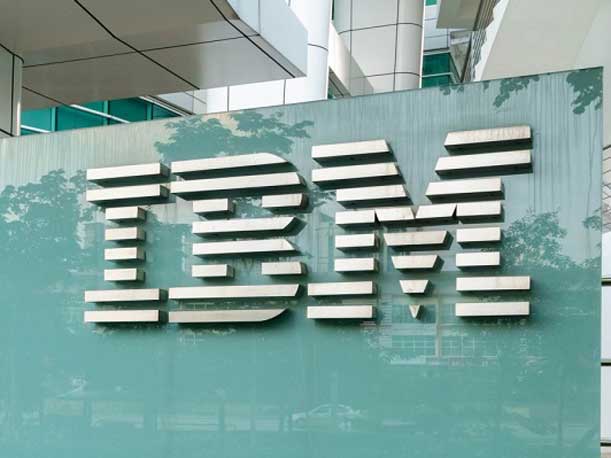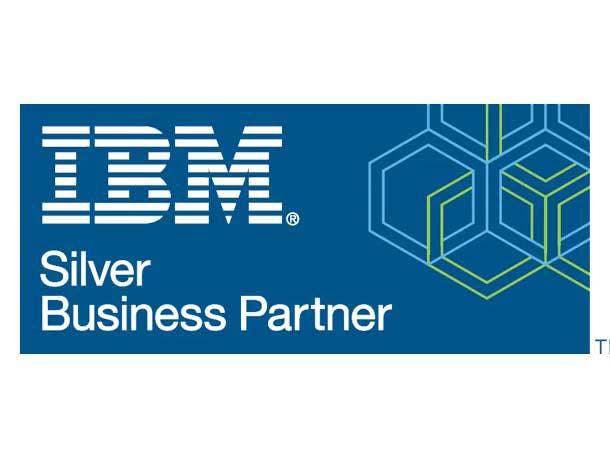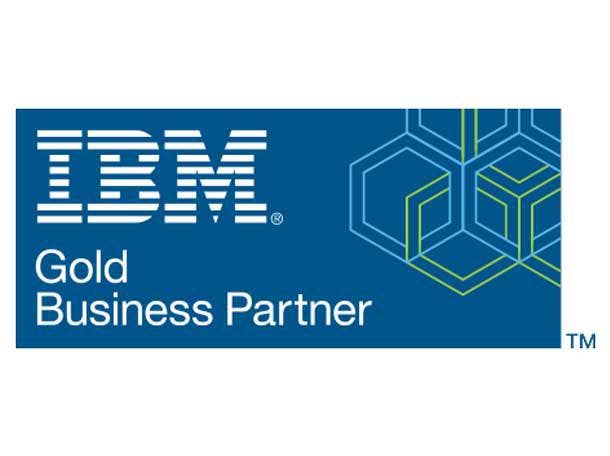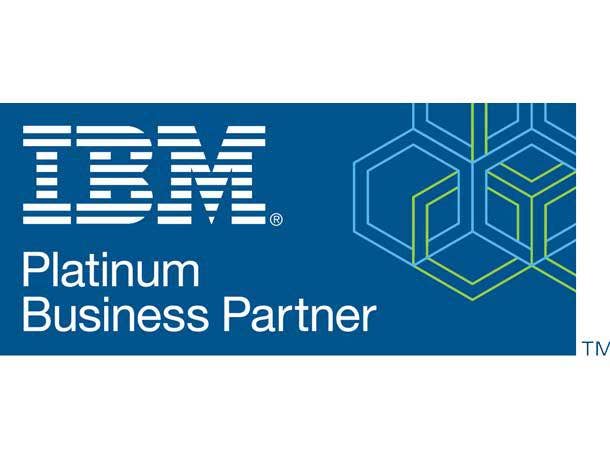Inside IBM’s New Partner Plus Program: Tiers, Benefits, Incentives
IBM will launch a new incentives stack in April and new co-marketing and demand generation programs in July.

Tiers for silver, gold and platinum partners. An accelerator program for new partners. And a promise of fewer direct customers, pushing more accounts to the channel.
These are some of the pillars of IBM’s new Partner Plus program, which replaces the long-standing PartnerWorld. The program launched Wednesday, with six months for partners to transition to the new program, IBM channel chief Kate Woolley said during a press conference.
“It is a simple, transparent and predictable program,” said Woolley, whose formal title is general manager of the IBM ecosystem. “It gives our partners a simplified path for them to progress with IBM, whether they‘re building, selling or servicing. It is inclusive of all of our partner types. And we’ve built this program based on what we heard from partners.”
[RELATED: IBM Expands Partner Access To Training Resources]
IBM Replaces PartnerWorld With Partner Plus
Armonk, N.Y.-based IBM will launch a new incentives stack in April and new co-marketing and demand generation programs in July.
The new program opens up additional ways for IBM to partner with hyperscalers such as Amazon Web Services.
Tim Kreytak, CEO of Boston-based IBM and AWS partner Ironside, told CRN in an interview that he’s excited to see both vendors work on more integrations between their products.
More integration means replatforming instead of migrating projects – which can be more expensive and time consuming – plus customers can pick the best features from each service, Kreytak said.
“Customers that start on IBM often stay on IBM,” he said. “The fact that we can now move those workloads to AWS or move those workloads to other places helps IBM maintain those customers because it‘s easier – if I have someone running on Cognos (IBM’s web-based business intelligence suite), and I move them to AWS running on EC2 (Elastic Compute Cloud), they’re still running on Cognos. It‘s more of a replatforming than a migration. Migration projects are larger and more expensive. So the integration between the two is good.”
Here’s a breakdown of the different components of the program.

IBM Registered Partners
Until June, IBM will work to place partners into the correct tiers – including a registered partner tier for partners below silver.
Registered partners will have access to IBM sales kick off (SKO) events, learning hubs, the IBM “Technology Zone” and the Seismic sales enablement platform.
IBM SKO events are invite-only, face-to-face sessions that aim to teach partners how to sell IBM hybrid cloud and AI products for data and AI, business automation, sustainability and AI applications, zero-trust security, IBM Power server computers, IBM Z mainframe computers and storage-data resilience.
Specialty tracks are available within each SKO area, such as supply chain in sustainability; machine learning operations (MLOps) within data and AI; modernization development operations (DevOps) within Z series and identity and access management (IAM) within security.
The IBM Technology Zone is for go-to-market teams and business partners to provision technical live environments for developing proof-of-technologies (PoTs), proof-of-concepts (PoCs), prototypes and minimal viable products (MVPs).
The Technology Zone has more than 400 collections and 1,700 demonstration resources of hands-on content for IBM software and hardware offerings. The zone has more than 200 live environments for partners, including IBM Cloud, Red Hat OpenShift, AWS, Azure and IBM Z, according to IBM.
And Seismic aims to provide a single interface for the sales content shared by IBM sellers and partners.

IBM Silver Partners
IBM sell and services partners qualify for silver level with three individuals with proficiency badges, according to the company. To get a proficiency badge, the employee must complete “sales foundation” and “technical sales intermediate” badges for a product or offering.
For independent software vendors (ISVs) – also called “build partners” by IBM – silver level is achieved with one validated solution, which means general availability of a client-ready solution with an aligned contract, according to IBM.
Benefits for silver partners include marketing demand engine support, IBM’s Software Access Catalog, Business Partner Directory, technical expert engagement, partner solutions listing, auto-deal sharing, IBM partner status mark and IBM Expert Labs training.
The Software Access Catalog has downloads for more than 16,000 IBM products – including Cloud Paks and Cognos Analytics – for evaluating, developing and testing.
The Business Partner Directory (BPD) is IBM’s worldwide search portal for partners’ services and products.
And IBM Expert Labs offer help in planning, proving, adopting and scaling services for legacy modernization, cloud integration, robotic automation and other technology areas.

IBM Gold Partners
Gold partners must have seven individuals with proficiency badges and revenue of more than $500,000 if they are in a small market. If the partner is in a large market, they must have revenue above $1 million.
Gold ISV partners must have one validated solution, a completed listing and revenue above $100,000.
Gold partners receive proof-of-experience co-creation, IBM Innovation Studio access, lead sharing with partner solution listings, cloud credits, demand generation reimbursement, technical advocacy with experiential learning and access to the IBM Sales Partner Advocacy Program.
The Innovation Studio refers to a worldwide network with design workshops, benchmarking assessments, prototype building, roadmap development and similar offerings. Studios are located in Texas, New York, Mexico, China, Japan, England, France, Sweden, Spain and other locations.
Under IBM’s old PartnerWorld system, silver partners received $3,000 in cloud credits a year. Gold partners received $4,500 a year. Platinum received $6,000 a year.
And the Sales Partner Advocacy Program aims to align partners with IBM client sellers for greater visibility and business growth.

IBM Platinum Partners
Platinum partners must have 14 individuals with proficiency badges and revenue of more than $5 million if they are in a small market. Large market partners need revenue above $10 million.
For platinum-level ISV partners, the revenue goal is more than $1 million.
Benefits for platinum partners include access to the IBM customer success premier program, access to the IBM Cyber Range, co-selling support, Expert Labs service parts creation and auto-deal share prioritization, according to the company.
Cyber Range is a service from IBM Security X-Force where teams receive guidance through immersive simulations of realistic breach scenarios to help with enterprise-level cybersecurity incident responses and recovery, according to IBM.
The collaboration includes security teams, legal teams, public relations, human resources and senior leadership. IBM has actual Cyber Range facilities in Massachusetts and India. Virtual experiences are also available.

IBM’s Blue Program
Partner Plus also includes a blue program for IBM’s strategic partners and most elite ISV partners – including Amazon Web Services (AWS), Microsoft, Adobe, Cisco, SAP, Samsung and Salesforce.
In North America, IBM partners can resell IBM products through other cloud marketplaces, with partner sales in non-IBM marketplaces going toward IBM Partner Plus progression, according to the company.
Earlier this year, IBM and AWS formed a strategic collaboration agreement to eventually make available dozens of IBM’s bestselling software products on AWS, including IBM API Connect, IBM Db2, IBM Maximo Application Suite, IBM Security Verify, and IBM Watson Orchestrate.
At AWS re:Invent 2022, IBM added IBM Envizi ESG Suite, IBM Planning Analytics with Watson, IBM Content Services and IBM App Connect Enterprise running as-a-service on AWS that both IBM and AWS partners can sell on the AWS Marketplace.
Earlier this year, IBM announced two updates to its partnership with SAP – the tech giant is now a premium supplier for the Rise with SAP collection of subscription software and services designed for cloud migration and IBM has unveiled its “Breakthrough with IBM for Rise with SAP” portfolio of consulting services meant to help accelerate customers’ move to SAP S/4Hana Cloud.
IBM and Samsung are working together on 5G-enabled edge devices and private networks, with examples including improved weather forecasts on Samsung Galaxy phones and a security platform with Samsung Knox and IBM MaaS360.
The two companies have a Growth Factory that works on worker safety products with Samsung smartwatches and a visual verification service on Samsung phones to combat counterfeits, for example.
An example of IBM and Microsoft’s collaboration is enterprisewide threat management services, which brings together IBM X-Force Threat Management (XFTM) for 24-hour security of Microsoft Azure using Azure Sentinel detection and other products.
In March, IBM and Adobe announced an expanded collaboration bringing weather data from IBM subsidiary The Weather Co. to Adobe Experience Cloud.
For Salesforce, IBM offers integrations with Watson to bring AI to services and sales, for example. And IBM App Connect software helps businesses integrate Salesforce data through applications, messages, events and other techniques for more insights, according to IBM.

Kate Woolley
New Partner Accelerator
A New Partner Accelerator that is part of Partner Plus will provide onboarding, training and other benefits for partners in the first six months of the program.
“We‘re able to bring in and have a new partner join in a day,” IBM channel chief Kate Woolley said.
She added that IBM gives new partners “the support they need to go on the learning journey – obviously, all of that education available to them at their fingertips free of charge – guide them through that learning journey, guide them through the journey of becoming an IBM partner, really give them the support to do that as fast as possible.”